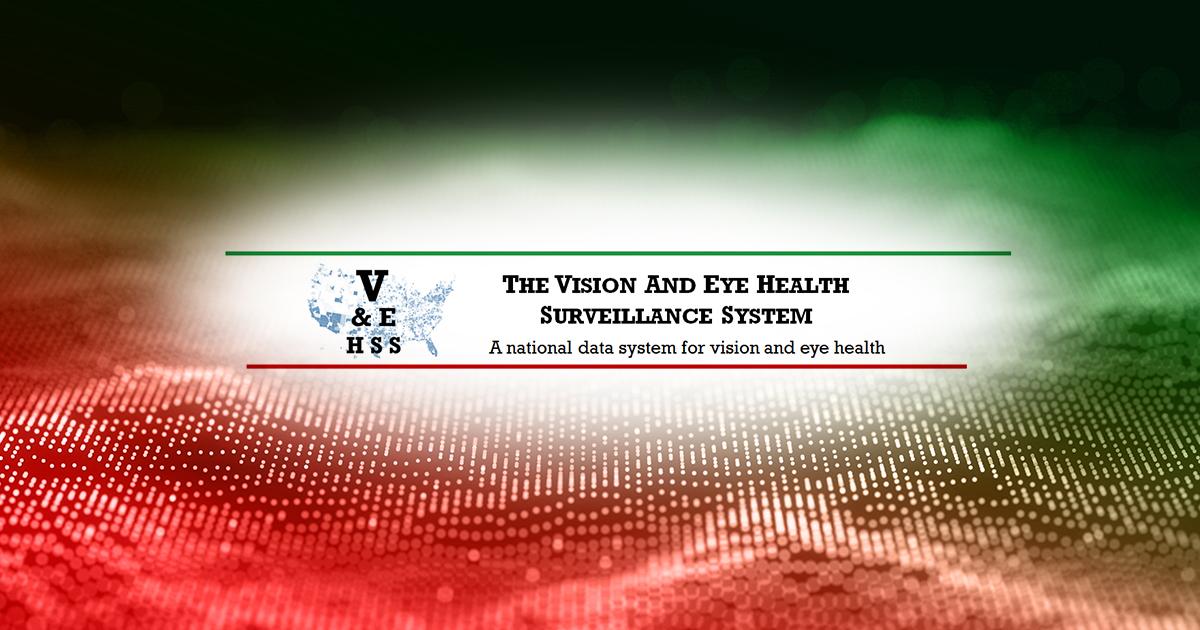National Vision and Eye Health Surveillance System Gears Up for September Launch

WASHINGTON – The national Vision and Eye Health Surveillance System (VEHSS) being built by researchers at the University of Chicago’s National Opinion Research Center (NORC) is well underway and gearing up for the launch of a more extensive website and additional resources by September, project directors told attendees of Prevent Blindness’ Focus on Eye Health National Summit last week here.
VEHSS, a four-year effort funded by the Centers for Disease Control and Prevention (CDC) Vision Health Initiative in 2015, aims to leverage new and existing data sources to help patients, health professionals, researchers, and policymakers understand the scope of vision loss, eye disorders, and eye-care services in the US. The goals are to identify and collect sources of information on vision and eye health, manage the data and make it accessible, conduct analyses on the data, and disseminate information about it.
David Rein, PhD, director of public health analytics at NORC and principal investigator of the project, provided an update of work completed in the first 3.75 years of the project. A number of information sources are in process, he said. They include:
- An NORC-convened expert panel partnered with nine leading vision and eye health organizations, including the American Academy of Ophthalmology (AAO), Prevent Blindness, and the American Optometric Association, to provide review and guidance. The project launched its website (www.cdc.gov/visionhealth/vehss), through which people can perform searches on eye health conditions and related topics, last July.
- VEHSS leaders reviewed information from 16 national surveys, five administrative claims databases, two electronic health registries, and 100 published population-based studies. The website now includes data from the American Community Survey (ACS), Behavioral Risk Factors Surveillance Systems, National Health Interview Survey, Nutritional Health and Nutrition Examination Survey (NHANES), and National Survey of Children’s Health, as well as claims and electronic health records data from the AAO’s Intelligent Research in Sight (IRIS) Registry, Medicare fee-for-service plans, Medicaid MAX, MarketScan private commercial insurance, and VSP Global managed vision plan insurance. VEHSS will soon add abstracted data from published examination studies and from an AmeriSpeak pilot survey, and it is trying to gain access to additional data from the military health system, MarketScan Medicare Supplemental database, and the American Optometric Association’s MORE Optometry Registry.
- VEHSS tracks more than 200 indicators across eye health conditions (including diagnosis code categories and self-reported diagnoses), visual function, service utilization (eye exams and soon medical treatments, low vision services, and vision correction), and insurance costs, soon to include medical payments and insurance coverage.
- Researchers have spent the past few years developing multisource prevalence estimates, a combination of population-based study data, and NHANES and ACS estimates to create state-level updates of the prevalence of visual impairment and blindness as of 2017.
Assuming NORC receives funding to continue buildout of the database, the next steps would include enhancing the VEHSS through measures such as providing county-level estimates for at least some indicators of vision and assessing mobile technologies for measuring low vision and blindness, Dr. Rein said. What is “badly needed” to help with national vision surveillance is updated NHANES Vision Examination data, he said; the last publication was from 2007–08.
An updated version of the VEHSS website will go live in September, containing more data, new indicators, state data dashboards, and more, said John Wittenborn, a health economist and manager of the VEHSS. This will allow users to filter or stratify their searches by age, race/ethnicity, sex, risk factor, subgroup, year, or state.
“There is no single data set that can tell us how many people have vision loss in the US, but a lot of data sets can tell us bits and pieces that we can put together and get a more comprehensive picture,” Wittenborn said.
